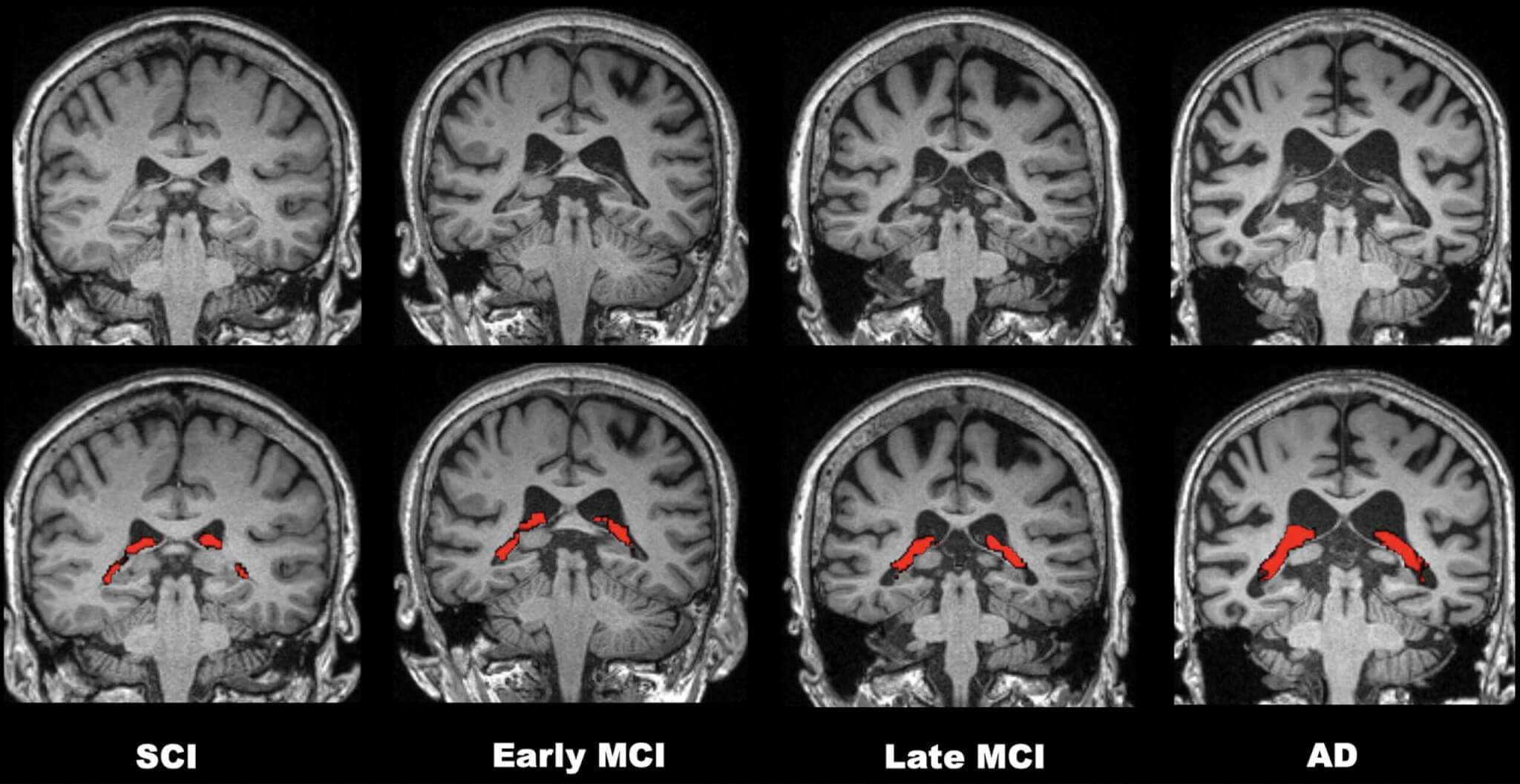UTRECHT, Netherlands — Some people report a decline in their memory before any drop in cognition is large enough to show up on tests. This and other factors have prompted scientists to think brain decline starts really early. But new research from University Medical Center Utrecht shows the opposite. Instead of it happening after turning 25, it turns out that it does between the ages of 30 and 40.
The finding is welcome news for those who fear all those brain farts and forgetful moments are a sign they’re doomed to early onset of dementia.
“Our brain continues to develop a lot longer than we thought,” says clinical technologist Dorien van Blooijs from UMC Utrecht, in a university release.
The Dutch team discovered that our brain connections actually become faster with time. In 4-year-olds, connections move two meters per second while between 30 and 40, they move four meters per second. In other words, they doubled with age, and it’s only until sometime between 30 and 40 that things start to slow down.
The researchers also noted differences between brain regions. For example, the frontal lobe, the largest part of the brain important for thinking and task performance, takes a longer time to develop than an area responsible for movement. “We already knew this thanks to previous research, but now we have concrete data,” says Van Blooijs.
For the study, scientists gathered their data by making precise measurements using an electrode grid that some epilepsy patients might get placed under their skull to prepare for surgery. The grid has 60-100 electrodes that measure brain activity. “By stimulating the electrodes using short currents, we can see which brain areas respond abnormally. Thus, we can create a map of which areas should and should not be removed during epilepsy surgery,” explains neurologist Frans Leijten.

It was a welcomed finding that the team’s data could also give unique insight on how the brain actually works. “We have been collecting this data for about 20 years,” Leijten says. “It wasn’t until a few years ago that we realized we could use the unaffected areas as a model for the healthy human brain.”
“If you stimulate an electrode in one area, a reaction occurs in another. That lets you know the two areas are connected. You can then measure how long it takes for the reaction to occur. If you know the distance between the two different brain regions, you can calculate how fast the signal is transmitted,” adds Van Blooijs.
Their findings offer noteworthy information on the central nervous system and concrete numbers representing the speed of our brain connections. These are things scientists have been trying to map and understand for years. Now, field experts can look ahead to making more advanced and realistic computer models of the brain.
“We now have these numbers for the very first time. With our data, researchers can make new and better computer models that increase our understanding of the brain. We expect our work to not only advances epilepsy research, but also research into other brain disorders,” Leijten concludes.
The findings are published in the journal Nature Neuroscience.
